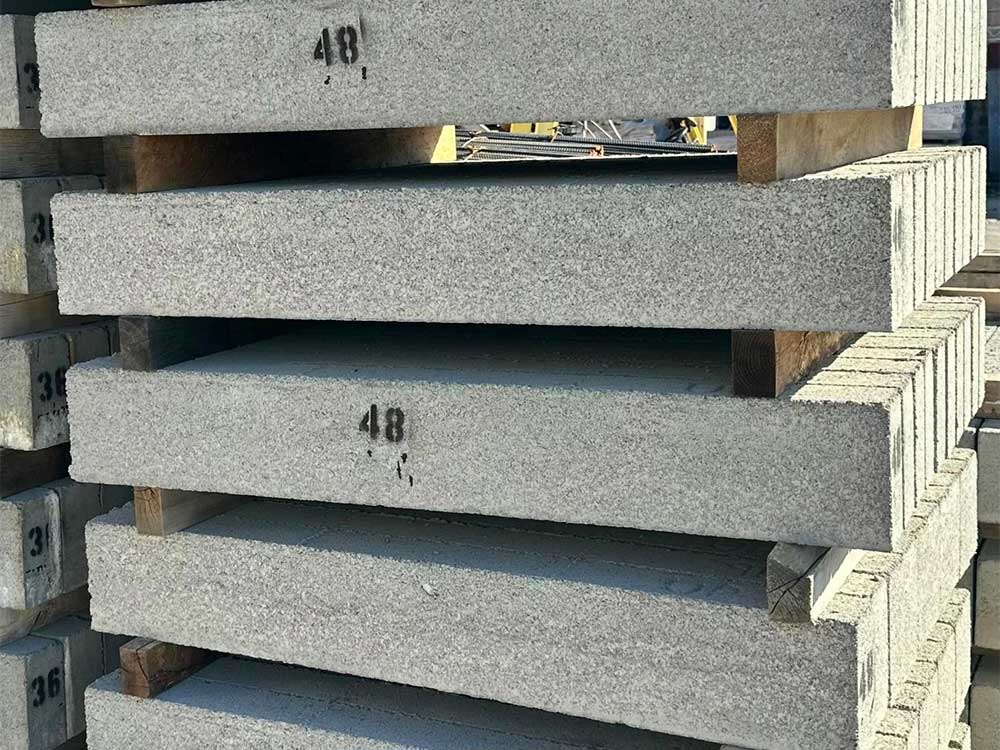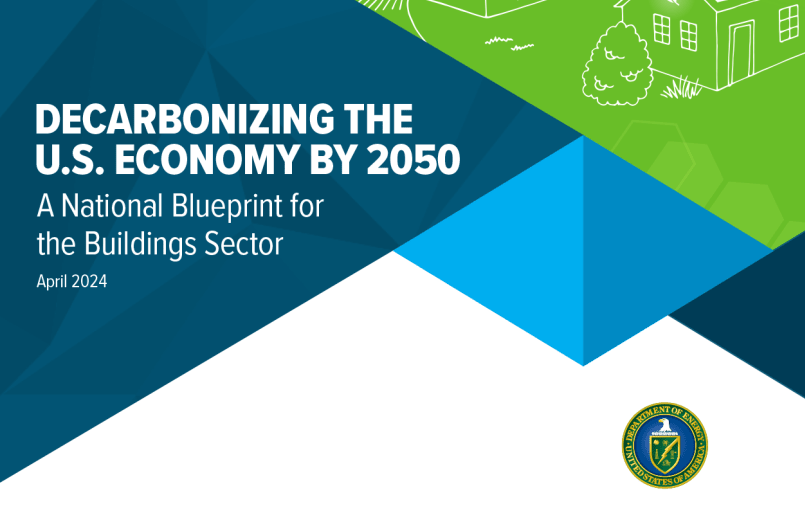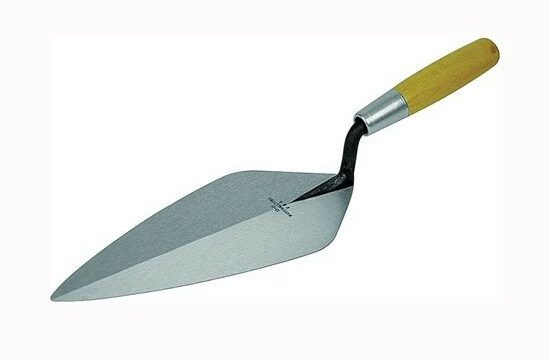The Difference Between Hardscaping And Landscaping
Outdoor spaces are often the first impression a property gives. These areas set the tone, embodying both functionality and aesthetics. To achieve harmony in these spaces, two main components come into play: hardscaping and landscaping. Though the terms “hardscaping and landscaping” are frequently used interchangeably, they refer to different aspects of outdoor design. This article seeks to shed light on the unique characteristics of each and how they complement each other.
Understanding Landscaping
Landscaping is the process of designing, creating, and maintaining a space using living elements. It involves working with plants, trees, shrubs, and grasses to create aesthetically pleasing and functional environments.
The Components of Landscaping
- Flora: This includes a vast variety of plants, trees, and shrubs that bring life, color, and texture to a space.
- Grass and Ground Cover: The green carpets that serve as the foundation of many landscapes, offering both beauty and utility.
- Natural Elements: These can range from natural ponds to hillocks, sand dunes, or any other naturally occurring feature in a landscape.
Understanding Hardscaping
Hardscaping is the other side of the coin. It involves designing and creating spaces using non-living, hard materials. These could be stone, brick, concrete, metal, and more. These elements provide structure and functionality to a landscape.
The Components of Hardscaping
- Patios and Decks: These are constructed spaces that serve as entertainment or relaxation hubs in gardens or yards.
- Pathways: Using materials like brick, stone, or aggregates, pathways guide movement and define spaces.
- Walls and Fences: These can be for privacy, security, or merely decorative purposes.
- Water Features: Fountains, ponds, and artificial waterfalls can introduce dynamic elements to a space.
- Structures: Pergolas, gazebos, and arbors are examples of structures that can be part of hardscaping.
- Fire Features: Fireplaces, fire pits, and other elements that bring warmth.
How Hardscaping and Landscaping Complement Each Other
Hardscaping and landscaping, while different in nature, are complementary in function. Here is how they work in tandem:
- Foundation vs. Finesse: While hardscaping provides the foundational structure and functionality to a space, landscaping adds the finesse with its living elements.
- Balance: A garden with only plants may seem overwhelming and unstructured. Conversely, a space with just hardscape might feel cold and unwelcoming. The blend of both brings about a balance.
- Functionality: Hardscaping ensures that there are walkable pathways, seating areas, and other functional spaces, while landscaping ensures these spaces are comfortable and appealing.
Maintaining the Balance
Achieving a harmonious balance between hardscaping and landscaping requires a thoughtful approach:
- Planning: Before starting any project, it is crucial to have a plan in place. Determine the needs of the space and how best both hardscaping and landscaping can address those needs.
- Material Selection: Choose landscaping and hardscaping materials that not only serve their functional purpose but also blend well with the natural environment. For instance, selecting masonry materials that complement the plant species in the garden can create a cohesive look.
- Space Utilization: Ensure that neither hardscaping nor landscaping dominates the space. There should be areas where one can walk, sit, or relax, as well as areas that provide greenery and shade.
In the realm of outdoor design, hardscaping and landscaping are like two sides of a coin, each indispensable to the other. Understanding their distinct roles and characteristics is essential for anyone looking to create a balanced, functional, and aesthetically pleasing outdoor living space. Through thoughtful planning and design, these two elements can come together to transform any outdoor area into a serene oasis or a vibrant hub of activity.

SalesKyle Rufer
Latest News
4 Features That Makes Masonry Supply Company Stand Out
A masonry supply company plays a crucial role in the success of construction projects, providing essential materials and expertise to […]

Choosing The Right Size Lintel For Your Project
Determining the correct size of a lintel is critical for the stability and longevity of your construction project. A lintel […]

Data Misses on Embodied Carbon
There is significant urgency to avoid, reduce, or even reverse the emissions of greenhouse gases (CO2e) to avoid the worst […]

4 Masonry Tools You Should Have At Home
Effective and efficient masonry work, whether for repairs or new projects, requires the right tools. At home, having a basic […]
